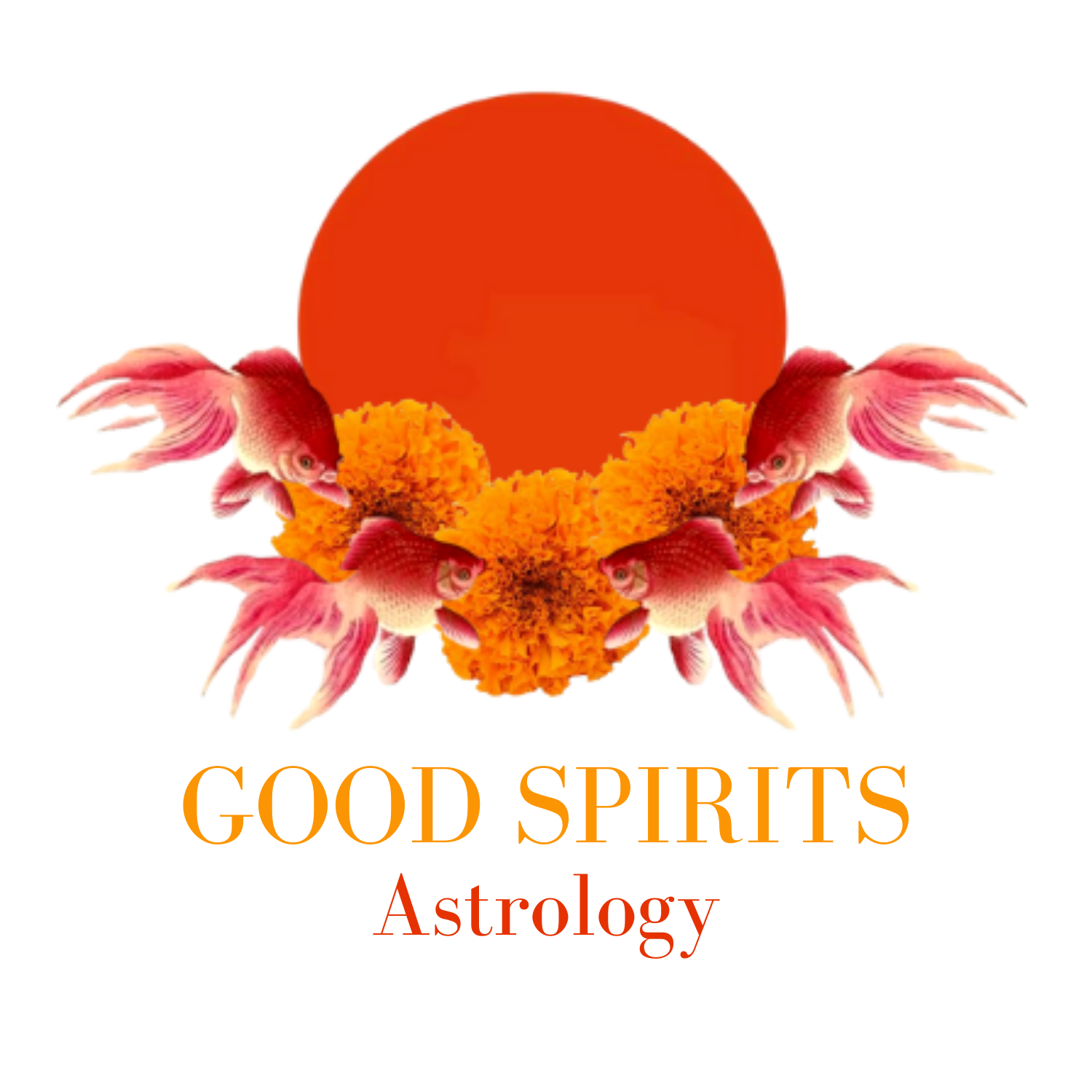Celebrating Black Art for the New Moon in Cancer
In an essay on Zora Neale Hurston, Zadie Smith writes openly about her aversion to reading the copy of Their Eyes Were Watching God that her mother had gifted her when she was young. “Why, because she’s black?” Smith recalls responding when her mom told her she’d like the book. At twelve, Smith already self-identified as an “objective aesthete,” and objected to enjoying literature not because it was good, but because it represented her.
The protagonist of Lena Waithe’s “Twenties,” Hattie, echoes this sentiment. An aspiring screenwriter, Hattie initially refuses to apply for a job working on a show for one of L.A.’s most successful black producers because the show (“My Bae”), in Hattie’s mind, is trash. When her friends tell her that she should like the show, and should “support black shit,” Hattie responds that she thinks it’s better to “support good shit that just happens to be black.”
Both Hattie and Zadie Smith emphasize the importance of appreciating black art first as art and second as black. Later in her essay, Smith highlights the critical disservice that mainstream discourse does to black art by overemphasizing creators’ race. This relegates black art to its own separate category, and from this sidelined position, black art isn’t posed to represent the universal, while white art is assumed to do exactly that. Representing black artists because they’re black is reactionary, and inherently insincere. The alternative is to recognize that there are many good, talented black artists, and that they’ve been overlooked because they’re black. This form of representation is motivated both by equity and by a commitment to art itself; as such, this representation is sincere, and therefore sustainable.
Monday’s new moon in Cancer is an opportunity to reevaluate and deepen the intentions set around a month ago. The last new moon, at zero degrees of Cancer, was a solar eclipse. It arrived in the middle of a moment of worldwide activism to protect and support black lives. Being an eclipse, it invited rash, quick responses, without requiring a lot of forethought. Around a month ago, there were mass campaigns to follow black creators on social media; random celebrities publicly declaring their support for the Black Lives Matter movement; and countless corporations pledging to “stand in solidarity” with black employees or complete diversity trainings or be “more inclusive.” Many, many generally apolitical people dipped their toes into movement work and began to build awareness of inequity. This a good thing. But is it sustainable?
This new moon sits in a opposition to Saturn, and is exactly the opposite of reactionary. Saturn demands that we give things the time, planning, and depth that they need. This new moon asks for recommitment to the changes that so many initiated at the beginning of the month. It asks for representation—and reparations and abolition work and repairing internalized oppression and culture change—to be sustainable. And sustainability demands that we see with complexity.
When I think about what I would like to see in terms of a sustainable anti-racist cultural shift, primarily I imagine a world in which black art has more space. But having more space doesn’t just mean that our TV shows and movies and books and essays have the space to exist. It means they have the space to be complex. Part of unsustainable representation—patronizing black art because its black—is that it demands that creators represent blackness in a particular way, or that they are committed to depicting blackness specifically rather than the universal. Of course there are (and have always been—Alice Walker, James Baldwin, Maya Angelou, Chinua Achebe, Jamaica Kincaid) black artists who are already doing this work. One show I love that for me represents, as Hattie would say, “supporting good shit that happens to be black,” is Michaela Coel’s “I May Destroy You.” For me, the show is utopic: it is peopled almost exclusively with black characters and, importantly, never feels like it is trying to make a point even as it engages complex questions of race, power, and gender. Coel’s intention seems to be to ask questions rather than answer them. By gifting her characters nuanced moralities, personalities, and responses to power, Coel has created an incredibly human and humanizing show.
More black art like this, and funding for more black art like this, is the backbone of transformative, sustainable cultural change. That’s what this new moon asks us to commit to. It asks us to remember the complexity (and humanness!) behind social justice work. It asks us for deliberation in addition to decisiveness. It asks us to remember that even as we advocate for clear, specific collective action, we are still required to engage in complex questions with no clear answers.
If you enjoy the Cards of the Week, I hope you consider making a donation. Thank you for all your support!

